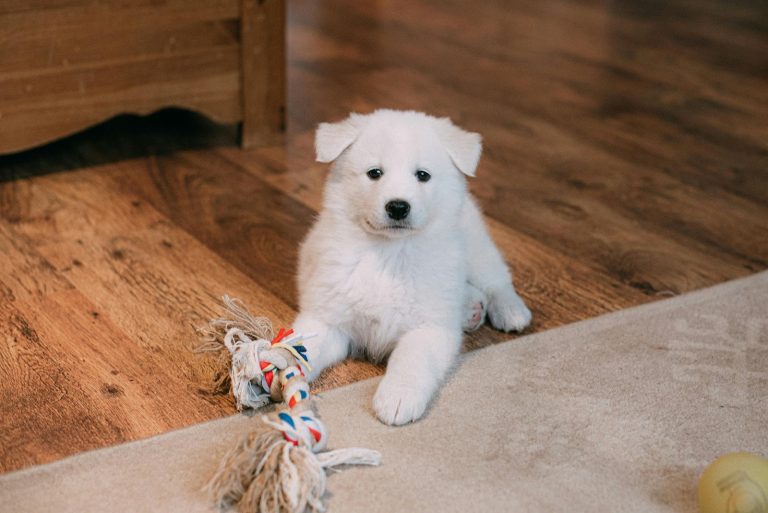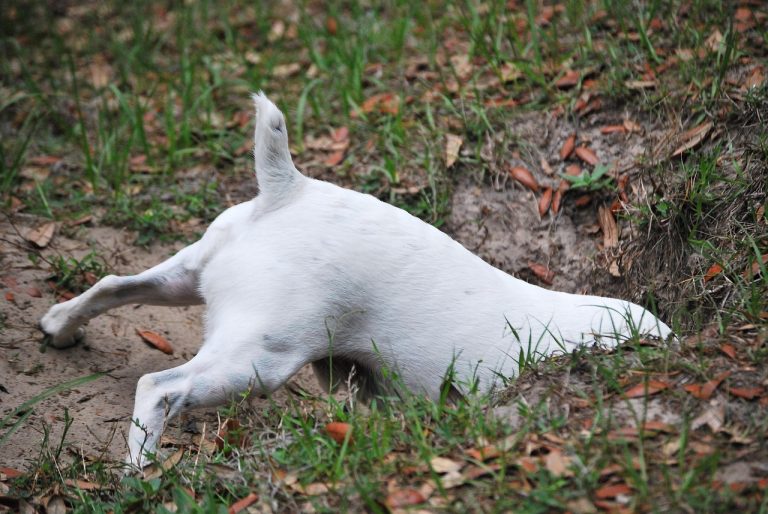4 Signs You’ve Picked the Wrong Dog Trainer
Think your trainer has gone to the dogs? Take a look at these 4 signs that it’s time to find another one.

Believe it or not, you don’t need to be an expert to tell whether or not your dog trainer is up to snuff. You just need to follow your gut (and heed a few tips).
With the help of pet psychologist Dr. Roger Mugford, founder of The Animal Behaviour Centre, we’ll explore some of the ways you can tell a good dog trainer from a bad one — without being an expert yourself.

Don’t leave your pet’s safety to chance
Sign up for Petful recall alerts today.

1. There are no wagging tails.
When in a training class or with a trainer, both humans and their dogs should look like they’re having fun. According to Dr. Mugford, “The most important thing to look for is whether both the owners and dogs look like they are enjoying themselves — are the owners smiling and the dogs wagging their tails?”
So go check out a trainer in action before you sign up for the class. As a bystander, you can evaluate things without being distracted by your own dog.
Training should be fun for you and your dog. If the attendees in the class look apprehensive, scared and there isn’t a wagging tail to be seen, hightail it out of there and find another trainer.
2. The trainer makes you feel inadequate.
You shouldn’t be made to feel incompetent while in a training class with your dog. Everyone is there to learn together. Dr. Mugford’s view is that “trainers should be friendly and encouraging and not make the owner feel inadequate.”
A great training experience will help your dog come to trust you and bond with you better than ever.
3. There’s a lot of yelling and commotion.
A dog training class should not see any shouting or yelling. Instead, the environment should be calm and relaxed.
“Do not accept any harsh handling of your dog, i.e., shouting or physical punishment,” says Dr. Mugford. Yelling and/or hitting your dog (or encouraging you to do so) is a definite sign that you have picked the wrong dog trainer.
4. The trainer uses a one-size-fits-all approach.
Different dogs learn in different ways. A good trainer will adapt his learning style to your dog’s learning style, recognizing that your dog is not a carbon copy of all the other dogs out there.
Says Dr. Mugford, “Signs to look out for that you may not be with a qualified trainer are if they do not have different methods of teaching the same exercise, i.e., what works with one dog may not work with another, so you always need alternatives to try.”
There is more than one way to train a dog, and a good trainer will know most of them. In addition, a good trainer will be able to help you understand what he is doing and why.

Reporting a Bad Dog Trainer
If you think you have a bad trainer, you can certainly remove yourself and your dog from their class at any time. The number 1 priority is for your dog to learn better behaviors in a relaxed and non-stressful environment.
If your trainer is really over the top, you can report him to any organization that he is a member of that pertains to his training. Many trainers are part of the Association of Professional Dog Trainers (APDT). Even if your trainer isn’t a part of this organization, you may want to call and report him to the APDT anyway just to get his name on file.
What’s in a Good Trainer?
I asked Dr. Mugford that very question. He advises that a good trainer will:
- Be a member of a well-recognized, reputable organization such as the APTD
- Have experience both living with and training dogs
- Train dogs using positive, reward-based methods
And of course, go with your gut. If your instincts are telling you that you’re dealing with a shady trainer, it may be better to find another one elsewhere.
A great trainer will work with you and your dog’s learning style to find a way to instill positive behavior and work out some of the more negative behaviors that your dog may have picked up — and he or she will do so in a way that does not frighten, intimidate or physically harm your dog.







